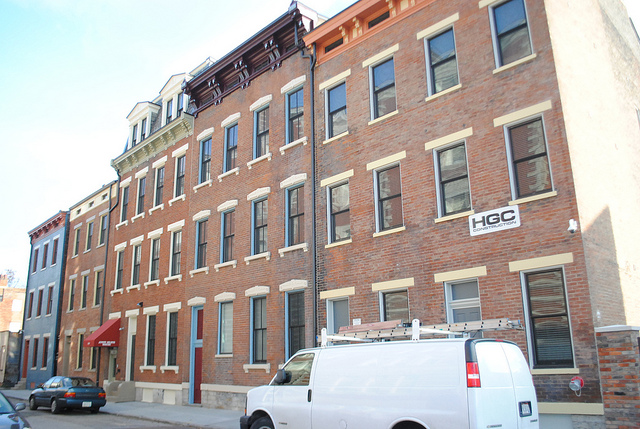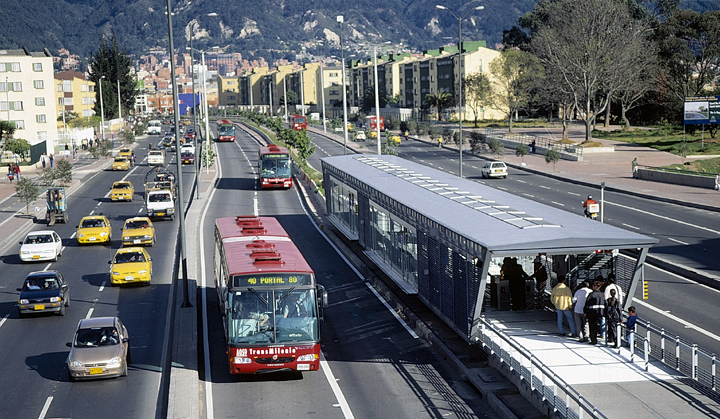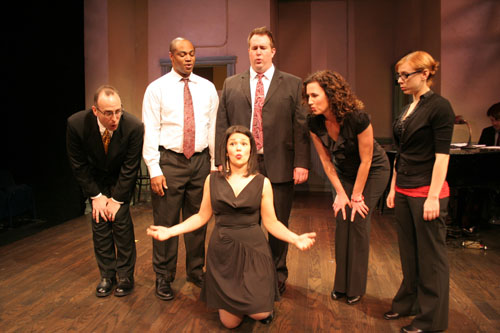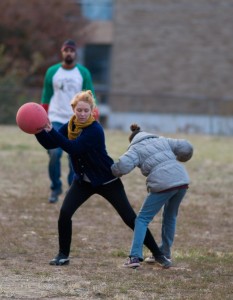These days, development news in Over-the-Rhine is seemingly ubiquitous. The historic neighborhood is growing at a rapid rate and with new businesses constantly opening; new residents are flowing in. However, starting today another group will be calling the neighborhood home.
On Friday, Over-the-Rhine Community Housing (OTRCH) hosted a ribbon cutting for the Jimmy Heath House (map). The new permanent supportive housing development transformed 14,300 square feet of space in six historic buildings. The housing development includes 25 apartments for the chronically homeless, offices for case managers, as well as public meeting spaces to accommodate the social service needs of its residents.
OTRCH officials say that the development, named after homeless advocate and former Streetvibes editor Jimmy Heath, is based on the housing first principle; a concept that clinical and social stabilization is more affective when homelessness is eliminated.
“Housing First is a nationally recognized evidence-based best practice. Many cities and counties around the country already have Housing First programs in place or plans to initiate one,” Mary Burke Rivers, OTRCH Director, said in a press release. “The positive outcomes from the model are astonishing, and we are proud of our partners who have joined us in this progress.”
The benefits, of these new housing developments, extend beyond their social benefits. Studies show that significant economic gains can be had as well by reducing the cost often associated with homeless individuals. On average, studies indicate that it costs between $35,000 and $150,000 annually to support a homeless individual, while housing communities such as the Jimmy Heath House lower that average to just over $16,000 annually.
“People who are chronically homeless make up 34 percent of the homeless population and spend years cycling between the streets, shelters, jail cells, and emergency rooms,” Rivers said.
Residents of the complex are scheduled to start moving in as early as today.
“We’re looking forward to the possibilities for our residents: being able to connect with family members for the first time in years, going to a clinic instead of the emergency room, not drinking just to numb the bitter cold,” said Andy Hutzel, director of housing services for OTRCH. “We have one tenant, Paul, who will be able to get off of crutches after nine years because he can finally rehabilitate an injury following his fall from a roof – an impossibility while he was living under the 6th Street viaduct.”










